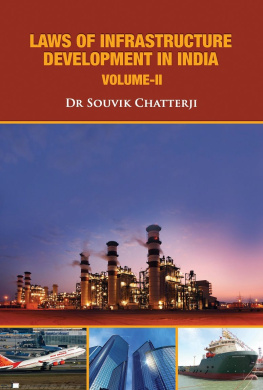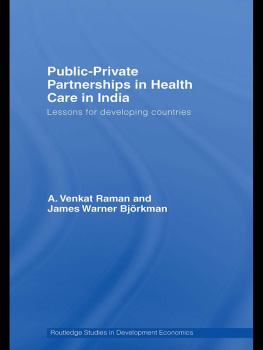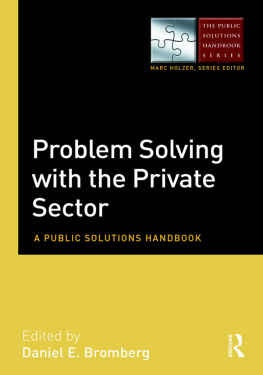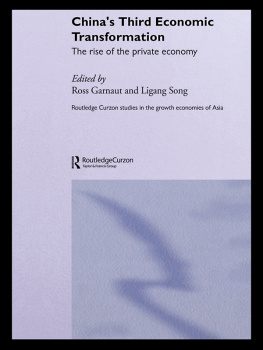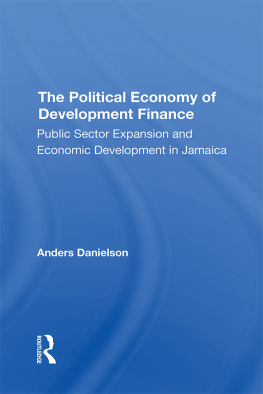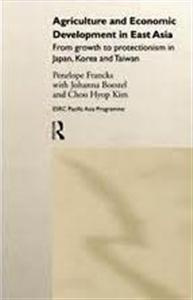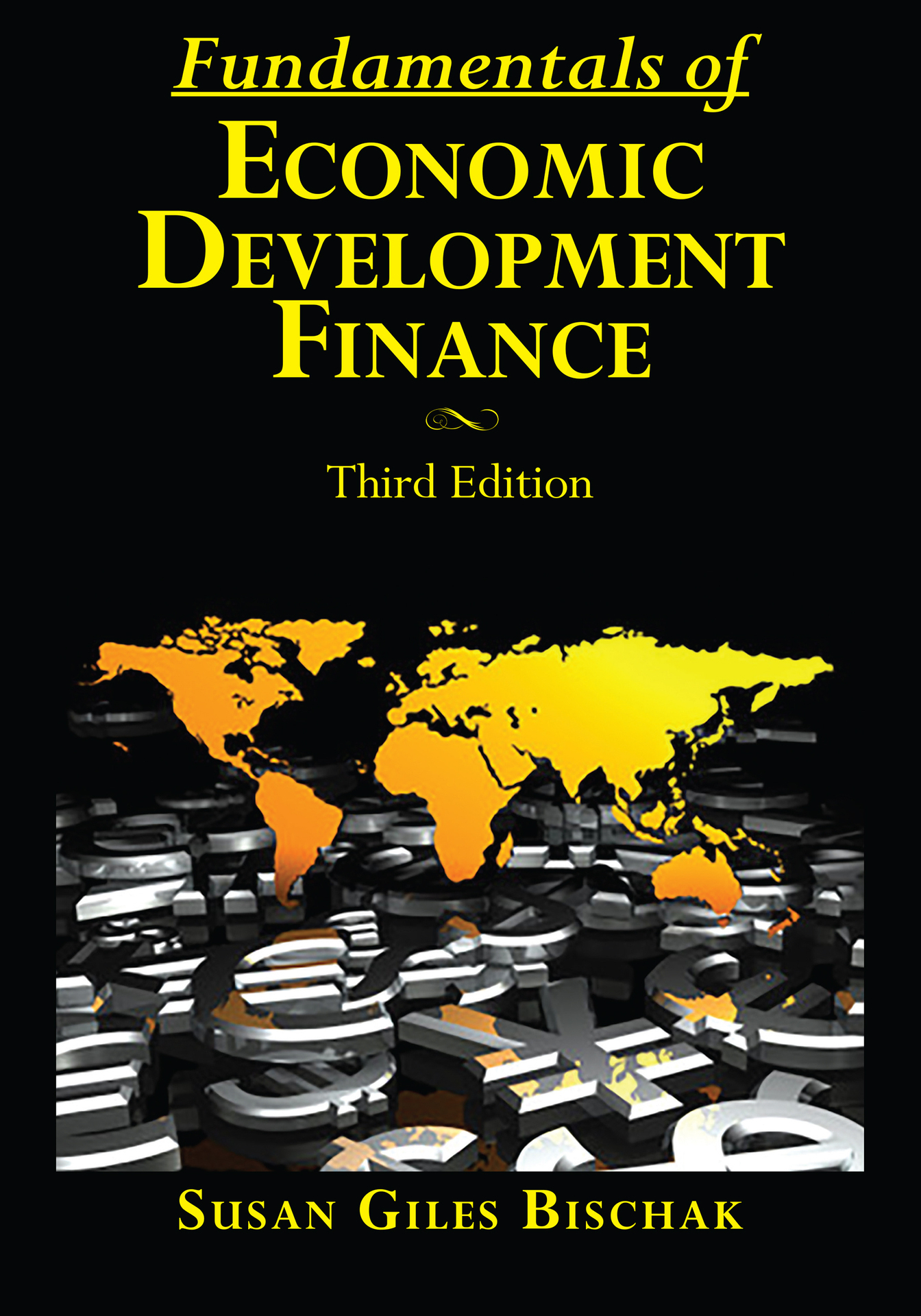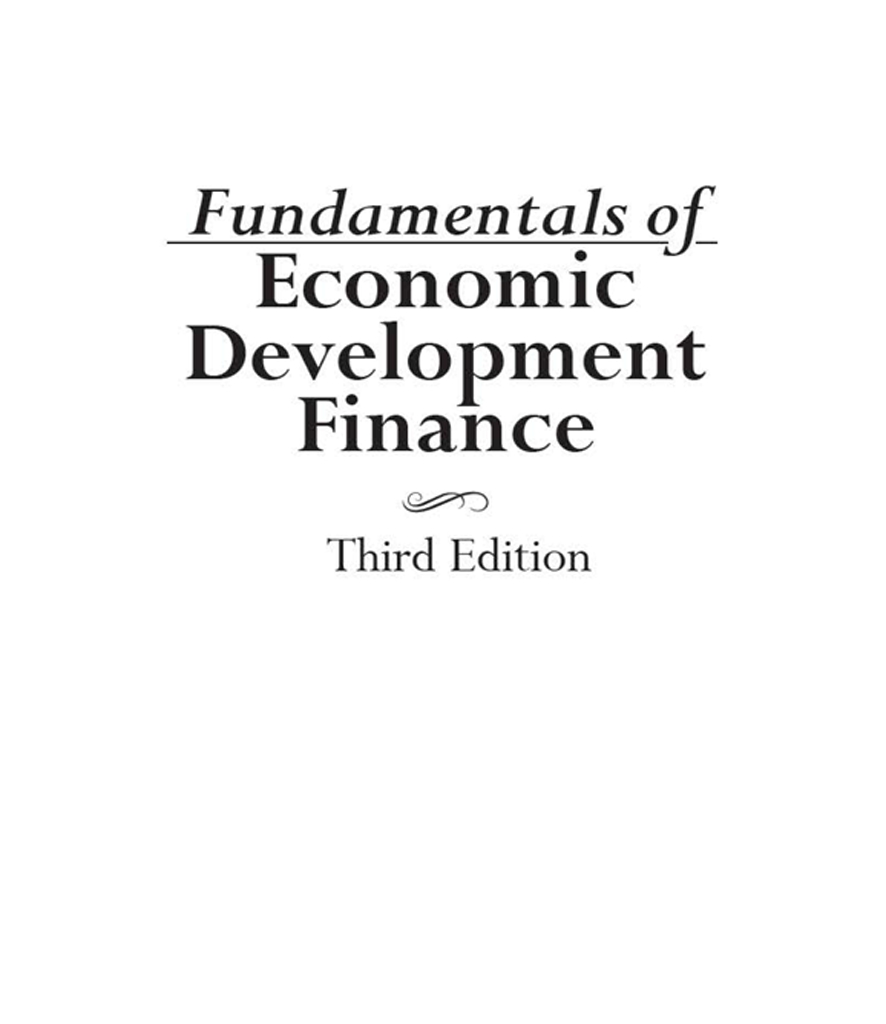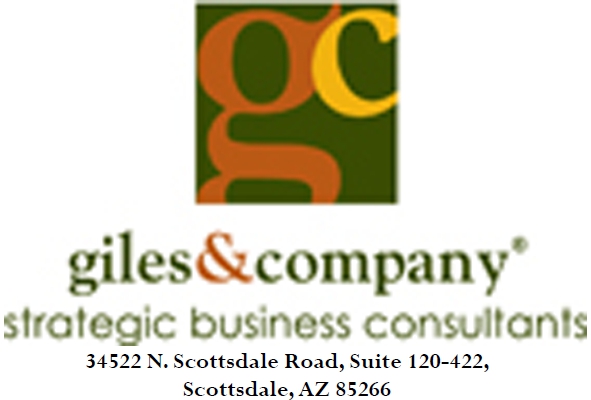Greg The Third Edition is dedicated to you, my love! Thank you for walking with me on this journey. It has taken courage and smiles each step forward knowing that you and The Lord are always by my side. -SGB
Copyright 2019 by Susan Giles Bischak
All rights reserved. No part of this book may be reproduced or utilized in any form or by any means, electronic or mechanical, including photocopying, recording, or by any information storage and retrieval system, without permission in writing from the author.
For information contact publisher:
URL: www.giles-company.com
Digital Photo for Cover: Copyright Norebbo, 2011, Used under license from Shutterstock.com.
Layout Design & Illustrations by Newgen DigitalWorks (P) Ltd. (operating under eBookpBook)
Contents
List of Figures
List of Tables
List of Exhibits
Acknowledgments
E conomic development finance does not occur in a vacuum. In an era of complex markets, debts carried by many nations, and the opportunities and struggles by individuals and countries that have limited recovery options, now in the period from 2017 to 20192020, we have watched community leaders, local citizens, entrepreneurs, nonprofit groups, business leaders, and developers become increasingly optimistic. The Second Edition paperback is the backdrop for today. The financial collapse in 20072008 gave rise to the Second Edition. This new Third Edition paperback reflects on the past as history and looks to the future, for leadership and communication to continue the progress that has been made from 20172020.
We begin where we left off in 2011 and 2012. We believe that hope and a future is taking hold in rural communities and certain smaller cities around the globe.
Excellent progress has been made since 20112012 when the global economies were hurting financially. It is a new day as we approach the third decade of the 21 st century. Issues that could not be solved unless sufficient money was available have generally moved to the sidelines as countries, states, cities, counties, businesses, and citizens have come together to find a better future. At the same time, many of these groups have become opportunistic as the top global economies have grown significantly in the years 2017, 2018, and 2019. Though many scholars and practitioners have struggled with the subject of finance, we too have been puzzled by the inability of many to use successfully the tools that are common for businesses. Knowing where the money is and how to access it becomes central to any enterprise, regardless of whether it is a for-profit or nonprofit entity delivering a product or a service.
In the current economic climate, I am truly indebted to my colleagues and business associates who have, once again, urged me to forge a new path by looking at economic development finance in the context of people, community, money, and the complex global environment in a book that is easily accessible on the web and in paperback, a delivered to policymakers, business leaders, lenders, and investors in countries around the globe. As shown in the following pages, the essence of financing economic development is the act of combining values and perceptions . All parties, including the public sector, the private sector, foundations, and nonprofit organizations, can achieve their collective goals because they understand the agendas and options for each of the players. If they choose to move forward with a transaction, they bring their total resources together to create wealth for the community, its citizens, the developers, investors, and financial institutions.
While many professionals and groups have supported the updating of this book as a paperback and eBook, I am especially grateful to David Baxter, International Development Practitioner and PPP Navigator-Infrastructure, Procurement and Resiliency Strategist, who has supported my goals in moving forward with the Third Edition. David brings to the discussion extensive insights on PPP financings in Asia and around the globe. In the new Forward and his comments to me for Chapter 8, I am grateful for his insights.
Ray Garfield and Greg Garfield, Principals of Garfield Public/Private, have hung in there with me since 2010 when we discussed the Second Edition. They have contributed much information on the subject of financing PPPs, Certificates of Participations (COPs), Continuing Obligations (Cos), and several examples of their companys involvement and financing of developments in communities and States where public-private funding for key projects have finally grown, new projects started and now completed. They have been my support through the Second Edition, this Third Edition, and the ASU Municipal Finance Conference. When it comes to Hotels and Conference Centers, Ray and Greg have been the leaders in the complex financings for these turnkey developments. I am truly grateful to each of them for the work they have done in P3s, the financing vehicles used, and the talent that they bring to each and every deal they complete.
A special thanks to the Arizona Commerce Authority for their information on Opportunity Zones and the work that they are doing to develop excellent data for Arizona communities with potentially qualified census tracts. We are grateful to the Economic Innovation Group, specifically for their research paper dated December 2018 entitled The State of Socioeconomic Need and Community Change in Opportunity Zones.
My gratitude goes to The Team at www.ebookpbook.com, including Jason Pearce and Vidya, who have been invaluable in their assistance with graphics, layout, and illustrations. They have brought excellence to the eBook as well as this Third Edition paperback.
I am sincerely grateful to my husband, Greg, and my family and friends from all over the globe. You have provided the guidance, many prayers, and encouragement needed for me to complete this work. The Third Edition in eBook and paperback format together serve as a new tool for businesses and public agencies globally to help those in need and to reflect on the complex economic and political times in which we all live and work.
SGB
Forward
I n this Third edition of the Fundamentals of Economic Development Finance, new recommendations are made that address changes to the global economy of 20112012. These fresh recommendations reinforce the comprehensive suggestions that were previously made on strategies that the public sector should adopt to attract private investor financing of the funding gap that the public sector continues to face.
Initial approaches that are recommended in this book - for the public sector - include careful planning and financial design when they explore alternative investment from private sector investors. Private sector investors are not sentimental. They will seek opportunities for investment that best address their aspirations. If their aspirations are not met, they will look for more appealing opportunities. It is therefore critically important that the public sector understands the private sector and what makes it tick. Any disconnects will result in futile efforts to attract investment for public works and services collaborations.


